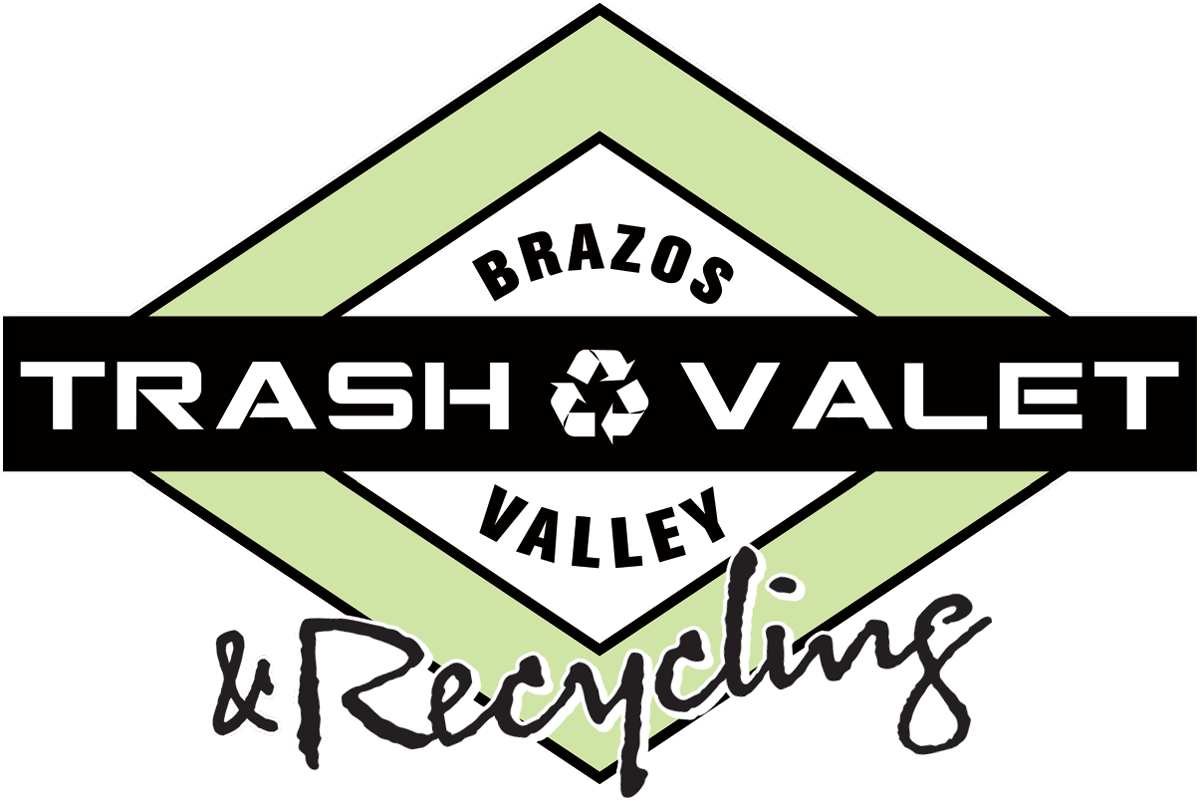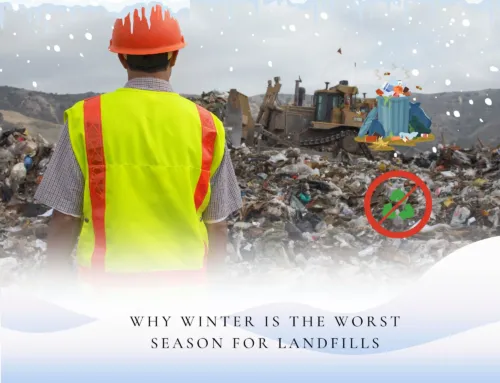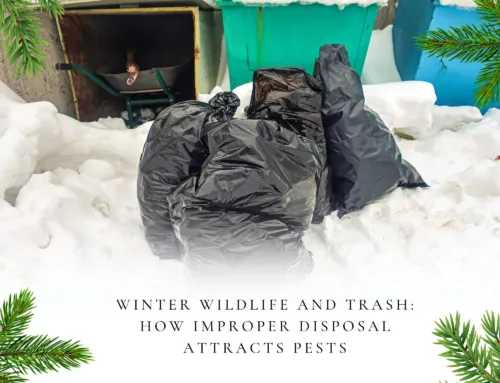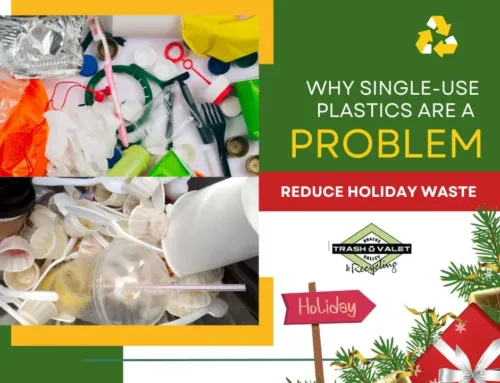What Does Each Plastic Recycling Code Mean?
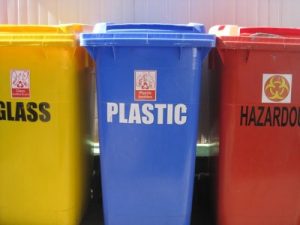 You’ve probably noticed the little numbers inside the recycling triangle on your plastic bottles or lids. You may not have given them much thought until one day, you saw that your recycling company “only accepts plastics #1-2.” But what are plastics #1-2? And why does it matter? All plastic is recyclable, right?
You’ve probably noticed the little numbers inside the recycling triangle on your plastic bottles or lids. You may not have given them much thought until one day, you saw that your recycling company “only accepts plastics #1-2.” But what are plastics #1-2? And why does it matter? All plastic is recyclable, right?
Although everything with a recycling label on it is, in fact, recyclable, not all plastic is recycled in the same way. Plastics #3-7 are more difficult to recycle and many recycling services aren’t able to accept them. They typically recommend reuse for these plastics. But while you can easily see the number on each item, it helps to know what each number means. Here’s the breakdown.
#1 – Polyethylene Terephthalate (PET or PETE)
This is the plastic used in the production of plastic drinking bottles: water, soft drinks, even mouthwash are all made with PETE. Salad dressing bottles and many plastic oven-safe food containers contain this plastic, as well. Most curbside recycling services will accept PETE, and it is probably the most commonly used and recycled plastic. Anything with food should be rinsed out before it’s recycled. It can be reconstructed into anything from new containers to furniture or tote bags.
#2 – High Density Polyethylene (HDPE)
Think of the plastics most frequently involved in household chores. Bottles and jugs, trash bags, even plastic shopping bags that you save after you get back from the grocery store, are all made with HDPE, as well as milk jugs. These are picked up by almost all recycling services, although some have the caveat of only accepting items with necks (such as bottles). They can be recycled into floor tiles, doghouses, benches, or for a bit of humor, recycling bins.
#3 – Polyvinyl Chloride (PVC)
The plastic that surrounds the wires in your home is likely made of vinyl, as well as detergent and cleaner bottles, packaging material. Vinyl windows and siding are also popular housing options as they’re more affordable than wood and don’t need to be painted. Rarely will recycling services pick up PVC, although some lumber manufacturers will. Single stream recycling services have made it easier to recycle PVC, which can be used for a number of home improvement projects, as well as for flooring and cables.
#4 – Low Density Polyethylene (LDPE)
LDPE is another option for wire jackets. It can also be used as coating to strengthen paper cartons. Mostly it’s used for filmier bags like grocery bags, bread bags, and frozen food bags. It can be recycled to make plastic lumber and bags, but it is rarely accepted by recycling services without a single stream service.
#5 – Polypropylene (PP)
This stiff plastic is used for many food containers, medical containers, and some tupperware. Because of this, often oils from food can seep into its structure, making it difficult to recycle. It is recommended to reuse PP as much as possible. However, there are occasional recycling services that will accept PP and it never hurts to check their list of acceptable materials.
#6 – Polystyrene (PS)
This is used for protective packaging because of its rigid structure. It can also be used for some containers and bottles as well as lids. It can be recycled into aspirin bottles, egg cartons, and some kitchen utensils. It is rarely accepted by recycling companies without a single stream service.
#7 – Other
Any other plastics that don’t fit the above description. Because this is a broad category, #7 is not accepted by most recycling services.
The good news is that Brazos Valley Trash Valet & Recycling accepts plastics #1-7. We have a single-stream system which sorts all materials in the collection truck, so that we can recycle them more easily at our site. If you live in Brazos Valley and subscribe to our curbside trash pickup, you can enjoy our complimentary weekly recycling service. Contact us today for more information.
Share This Story, Choose Your Platform!
What Does Each Plastic Recycling Code Mean?
 You’ve probably noticed the little numbers inside the recycling triangle on your plastic bottles or lids. You may not have given them much thought until one day, you saw that your recycling company “only accepts plastics #1-2.” But what are plastics #1-2? And why does it matter? All plastic is recyclable, right?
You’ve probably noticed the little numbers inside the recycling triangle on your plastic bottles or lids. You may not have given them much thought until one day, you saw that your recycling company “only accepts plastics #1-2.” But what are plastics #1-2? And why does it matter? All plastic is recyclable, right?
Although everything with a recycling label on it is, in fact, recyclable, not all plastic is recycled in the same way. Plastics #3-7 are more difficult to recycle and many recycling services aren’t able to accept them. They typically recommend reuse for these plastics. But while you can easily see the number on each item, it helps to know what each number means. Here’s the breakdown.
#1 – Polyethylene Terephthalate (PET or PETE)
This is the plastic used in the production of plastic drinking bottles: water, soft drinks, even mouthwash are all made with PETE. Salad dressing bottles and many plastic oven-safe food containers contain this plastic, as well. Most curbside recycling services will accept PETE, and it is probably the most commonly used and recycled plastic. Anything with food should be rinsed out before it’s recycled. It can be reconstructed into anything from new containers to furniture or tote bags.
#2 – High Density Polyethylene (HDPE)
Think of the plastics most frequently involved in household chores. Bottles and jugs, trash bags, even plastic shopping bags that you save after you get back from the grocery store, are all made with HDPE, as well as milk jugs. These are picked up by almost all recycling services, although some have the caveat of only accepting items with necks (such as bottles). They can be recycled into floor tiles, doghouses, benches, or for a bit of humor, recycling bins.
#3 – Polyvinyl Chloride (PVC)
The plastic that surrounds the wires in your home is likely made of vinyl, as well as detergent and cleaner bottles, packaging material. Vinyl windows and siding are also popular housing options as they’re more affordable than wood and don’t need to be painted. Rarely will recycling services pick up PVC, although some lumber manufacturers will. Single stream recycling services have made it easier to recycle PVC, which can be used for a number of home improvement projects, as well as for flooring and cables.
#4 – Low Density Polyethylene (LDPE)
LDPE is another option for wire jackets. It can also be used as coating to strengthen paper cartons. Mostly it’s used for filmier bags like grocery bags, bread bags, and frozen food bags. It can be recycled to make plastic lumber and bags, but it is rarely accepted by recycling services without a single stream service.
#5 – Polypropylene (PP)
This stiff plastic is used for many food containers, medical containers, and some tupperware. Because of this, often oils from food can seep into its structure, making it difficult to recycle. It is recommended to reuse PP as much as possible. However, there are occasional recycling services that will accept PP and it never hurts to check their list of acceptable materials.
#6 – Polystyrene (PS)
This is used for protective packaging because of its rigid structure. It can also be used for some containers and bottles as well as lids. It can be recycled into aspirin bottles, egg cartons, and some kitchen utensils. It is rarely accepted by recycling companies without a single stream service.
#7 – Other
Any other plastics that don’t fit the above description. Because this is a broad category, #7 is not accepted by most recycling services.
The good news is that Brazos Valley Trash Valet & Recycling accepts plastics #1-7. We have a single-stream system which sorts all materials in the collection truck, so that we can recycle them more easily at our site. If you live in Brazos Valley and subscribe to our curbside trash pickup, you can enjoy our complimentary weekly recycling service. Contact us today for more information.
